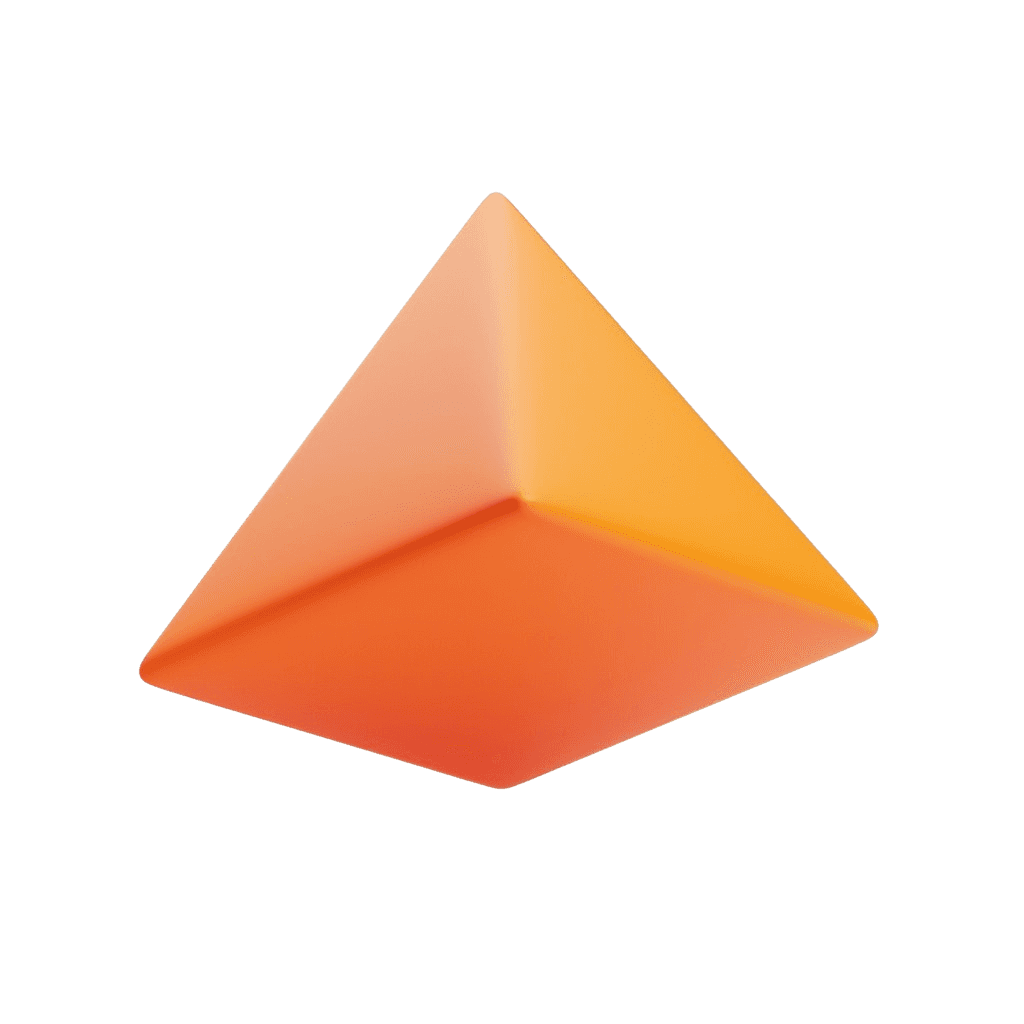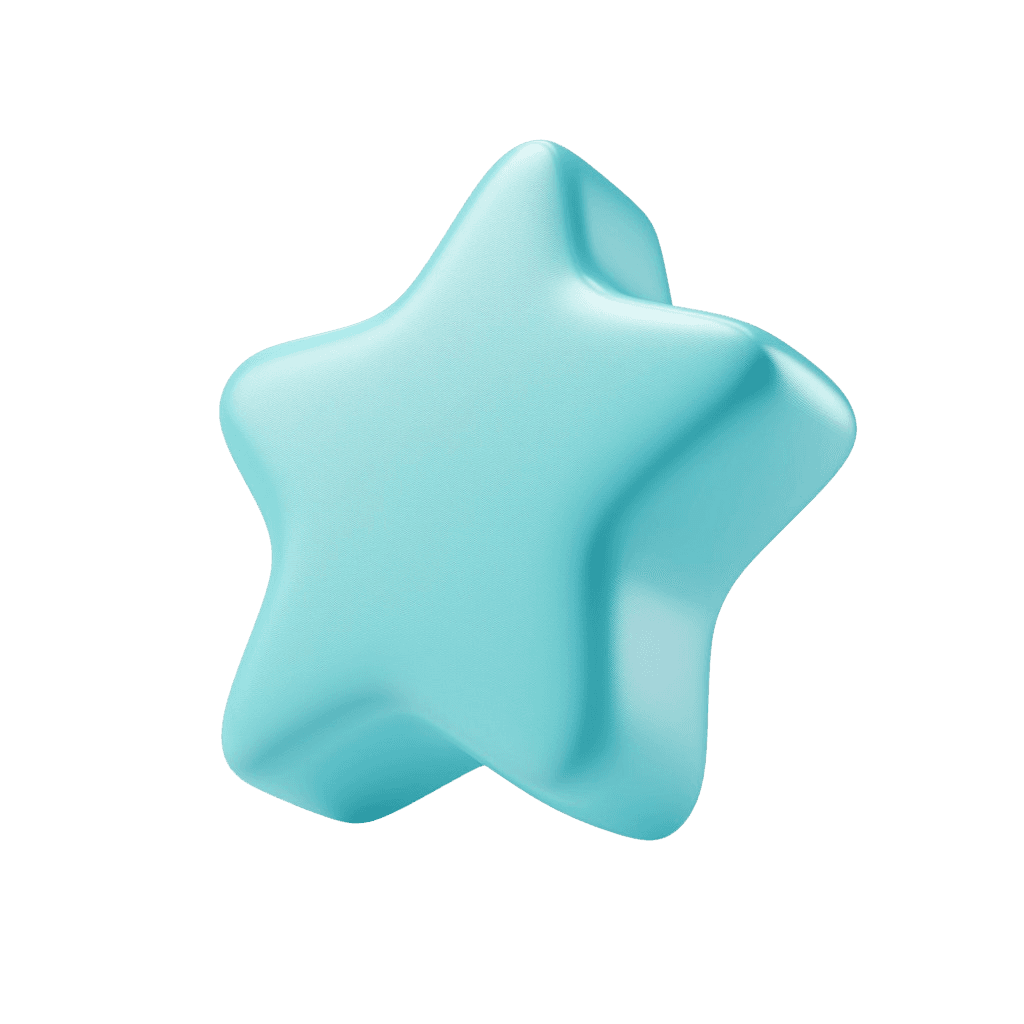A product which transforms and links all your data to one place
Daton is an enterprise-grade data replication solution (ETL) tailored for brands and their network of service providers. The platform streamlines the secure extraction of data from various sources such as applications, databases, marketplaces, and files. It consolidates data into a cloud destination of choice and performs necessary transformations within the confines of the user's data warehouse, ensuring data is analytics-ready
Challenge
The primary challenge was to overhaul the existing platform, characterised by poor user experience and complex workflows. Additionally, the platform needed enhancements to handle a 10x increase in data processing capacity. Key objectives included:
Redefining user flows and interfaces for improved usability.
Introducing new features to scale the platform's data handling capabilities.
Implementing a universal design system to ensure consistency and efficiency across the platform.
Results
Current Product Audit
Workflow Mapping
Mapped out existing user workflows to understand user journeys, pain points, and opportunities for optimisation. This mapping exercise provided insights into user interactions and guided the redesign process
Stakeholder Talks
Engaged in extensive discussions with stakeholders to gather insights, requirements, and expectations. These talks ensured alignment between project goals and stakeholder vision, fostering collaboration and shared understanding
Sketching
Initiated the design process with low-fidelity sketches, allowing for rapid ideation and exploration of design concepts. Sketching sessions facilitated collaboration and idea generation among team members. So I made them do a sketching exercise based around crazy 8’s to have them show and tell their perspective.
This helped me not only understand what mental models they had in mind but also prepare solid reasoning beforehand if I was bringing designs that were radically different from what they were expecting.
Design System
Developed a comprehensive design system to establish consistency in design elements, patterns, and interactions across the platform. The design system served as a centralized resource for design guidelines, components, and best practices
High Fidelity Designs
Usability Testing
Conducted usability testing sessions with target users to evaluate the effectiveness and usability of the redesigned platform. User feedback and observations were collected to identify areas for further refinement and improvement
Developer Hand-Off
Design QC
Conducted regular design quality control checks to ensure adherence to design standards, consistency, and usability. Reviewed design iterations and provided feedback to maintain design excellence throughout the project lifecycle















